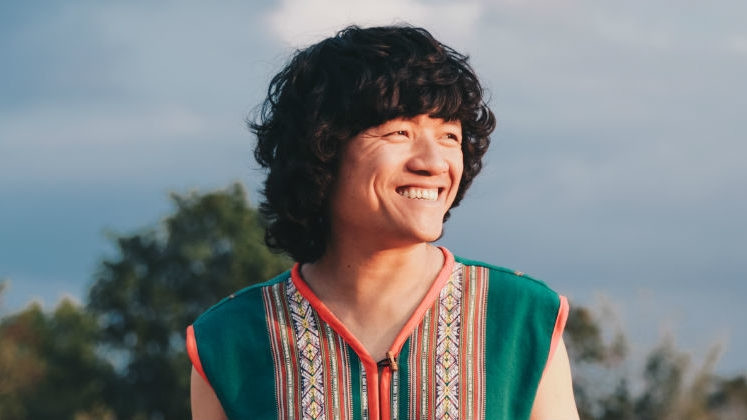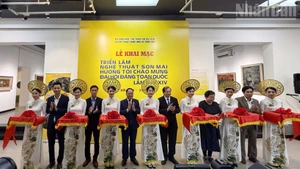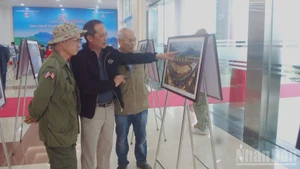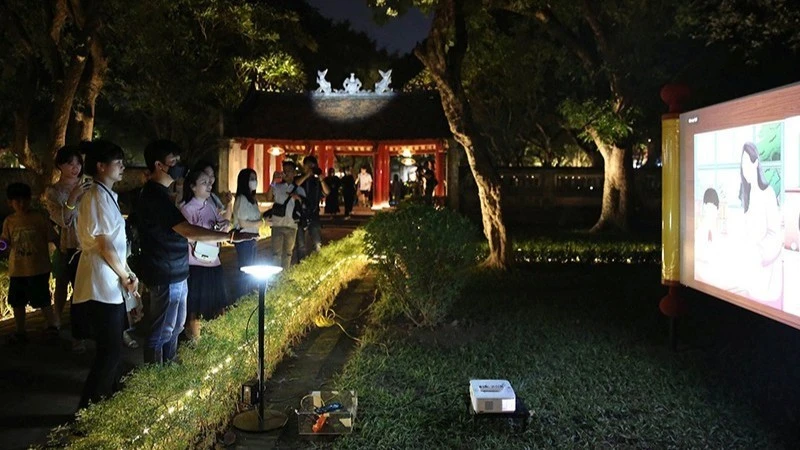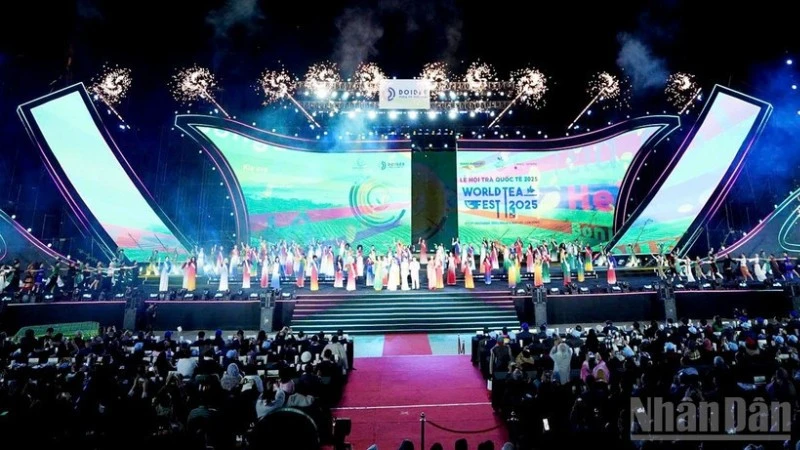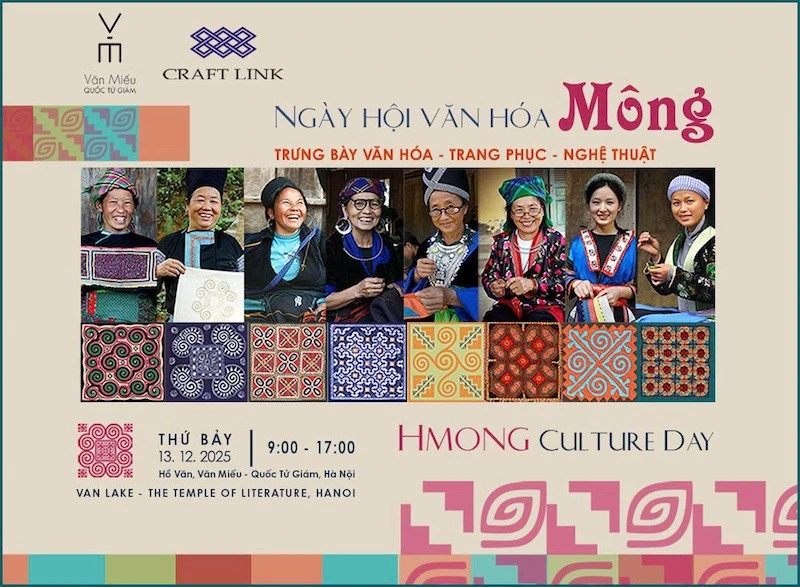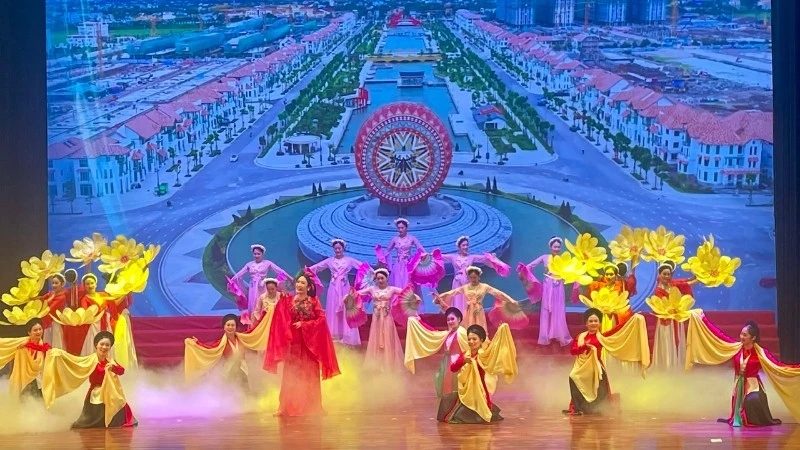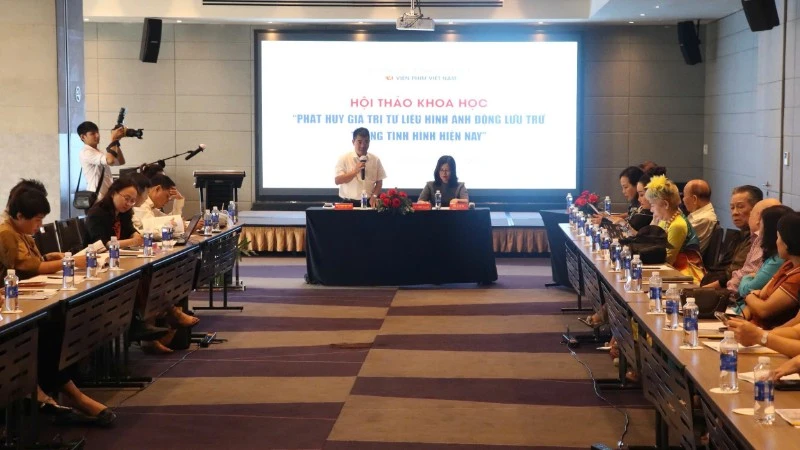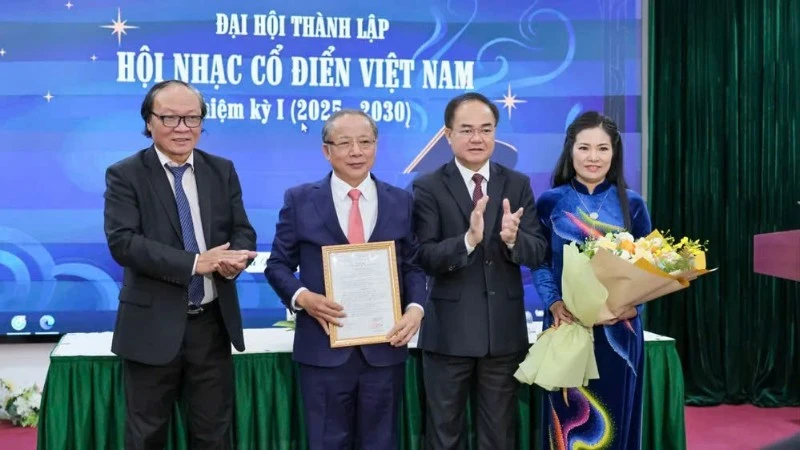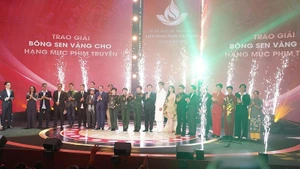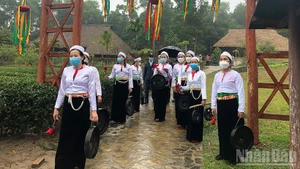On the occasion, he granted an interview to Thoi Nay Present Times Publication of Nhan Dan (People) Newspaper to share about his career, his viewpoints on art, and his own musical style of combining traditional Vietnamese and contemporary music.
Question: Can you tell us about the differences between Vietnamese and international melodies and how you harmoniously combine them together in your works?
Musician Ngo Hong Quang: Every Vietnamese melody carries the own characteristic of Vietnam’s region and ethnic group. All of the characteristics are glamourous, which can be presented in the vibration and modulation of every single note.
The glamour of Vietnamese music can also be represented through five notes per octave, also known as pentatonic musical scale. The modulation of each of the five notes can change the spirit and mood of the song.
Meanwhile, the world music is often divided into equal tones without vibrations and modulation like Vietnamese music.
In my 2018 album ‘Nam Nhi’ (Being a Man), I performed 10 ancient Quan Ho (love duet) folk songs which were harmonised and arranged for a string quintet, including western musical instruments such as violin, viola, cello, and double bass.
During the working for the album, I had to spend time introducing foreign musical instrumentalists on Vietnamese music and Quan Ho (love duet) singing genre. In my music note charts, I had to write down clearly which notes should be vibrated so that they can play them properly. Without my notes, they just technically hit the note without delivering the “soul” of the Vietnamese folk songs.
You have partnered with Dan Do group, a contemporary music band dedicated to ethnic minority culture in Vietnam. What do you think about the coordination?
I was invited as a guest artist by Dan Do group to attend a musical event. I found that the music and the journey of Dan Do is very similar to mine as they show respect to the beautiful value and charm of Vietnamese traditional music.
Following the similar work direction, I and Dan Do members are quite matching at work. Our work direction is also in line with the direction and development of future music, which has brought success to many musical bands that have introduced their country’s music to the world. It is crucially important.
Can you tell us more about your latest album ‘Giac Mo Tren Lung' (A Dream on the Back)?
On my trip to the northern province of Ha Giang, I happened to catch an image of a mother carrying her child to the corn filed. This is a simple image but it is also an act of humanity. I see two dreams through the image: one is the dream of a sleeping child, and one is the dream for a bumper corn season and healthy child of the mother.
I think that the mother’s dream also a common dream of all H’mong ethnic people, and they carry it on the back every day. In further extend, I believe that anyone of us has a dream, if we “carry” it with us, think about tis and focus all of our mind and heart to act for it, our dream will soon come into reality. This is the major message I want to convey in my album. Let’s nurture our dreams and work to make them come true!
Thank you so much for your sharing!
After graduating from the National Academy of Music, majoring on ‘dan nhi’ (Vietnamese two-chord fiddle), Quang pursued a master's in contemporary composing at the Royal Conservatory of Den Haag in the Netherlands.
In 2018, he released album Nam Nhi (Being a Man) which is a ‘marriage’ between the Vietnamese UNESCO-recognised Quan Ho (love duet) folk singing and Western modern materials. In 2019 he released the album Nhin Lai (Looking Back), which features music by Quang while the lyrics were based on poems by Prof Phan Le Ha, a Vietnamese lecturer at the US’ Honolulu University.
